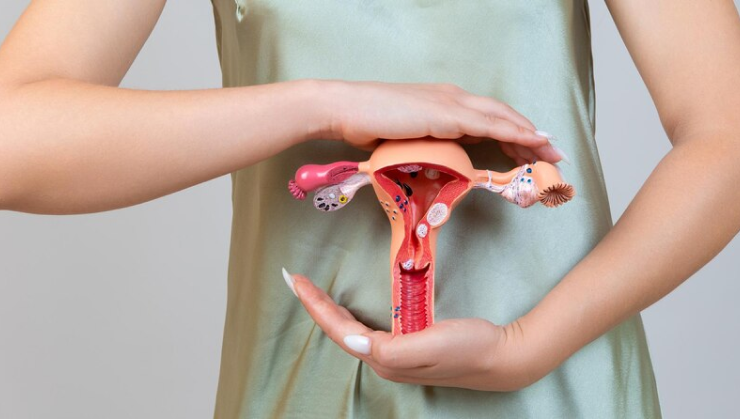
Obstetrics, Gynaecology and Fetal Medicine
Reproductive Tract Infections (RTIs): Causes, Symptoms, Treatment, and Prevention
December 2023
Obstetrics, Gynaecology and Fetal Medicine

Sexually transmitted infections (STIs) are a global public health concern that affects men and women of all ages. However, women often face unique challenges and health risks related to STIs. In this article, we will discuss the prevention and testing of STIs in women to raise awareness and promote sexual health.
STIs are infections that are primarily transmitted through sexual contact. They can affect the genitals, rectum, mouth, or throat and may be caused by bacteria, viruses, or parasites. Common STIs include chlamydia, gonorrhea, syphilis, herpes, human papillomavirus (HPV), and human immunodeficiency virus (HIV).
Prevention and testing for STIs are essential components of women's sexual health. By practicing safe sex, getting vaccinated, and maintaining open communication with sexual partners, women can reduce their risk of STIs. Regular screenings and discussions with healthcare providers about sexual health are vital for early detection and timely treatment of infections. Remember that early diagnosis and appropriate treatment can help protect your health and the health of your sexual partners.

Obstetrics, Gynaecology and Fetal Medicine
December 2023

Obstetrics, Gynaecology and Fetal Medicine
December 2023